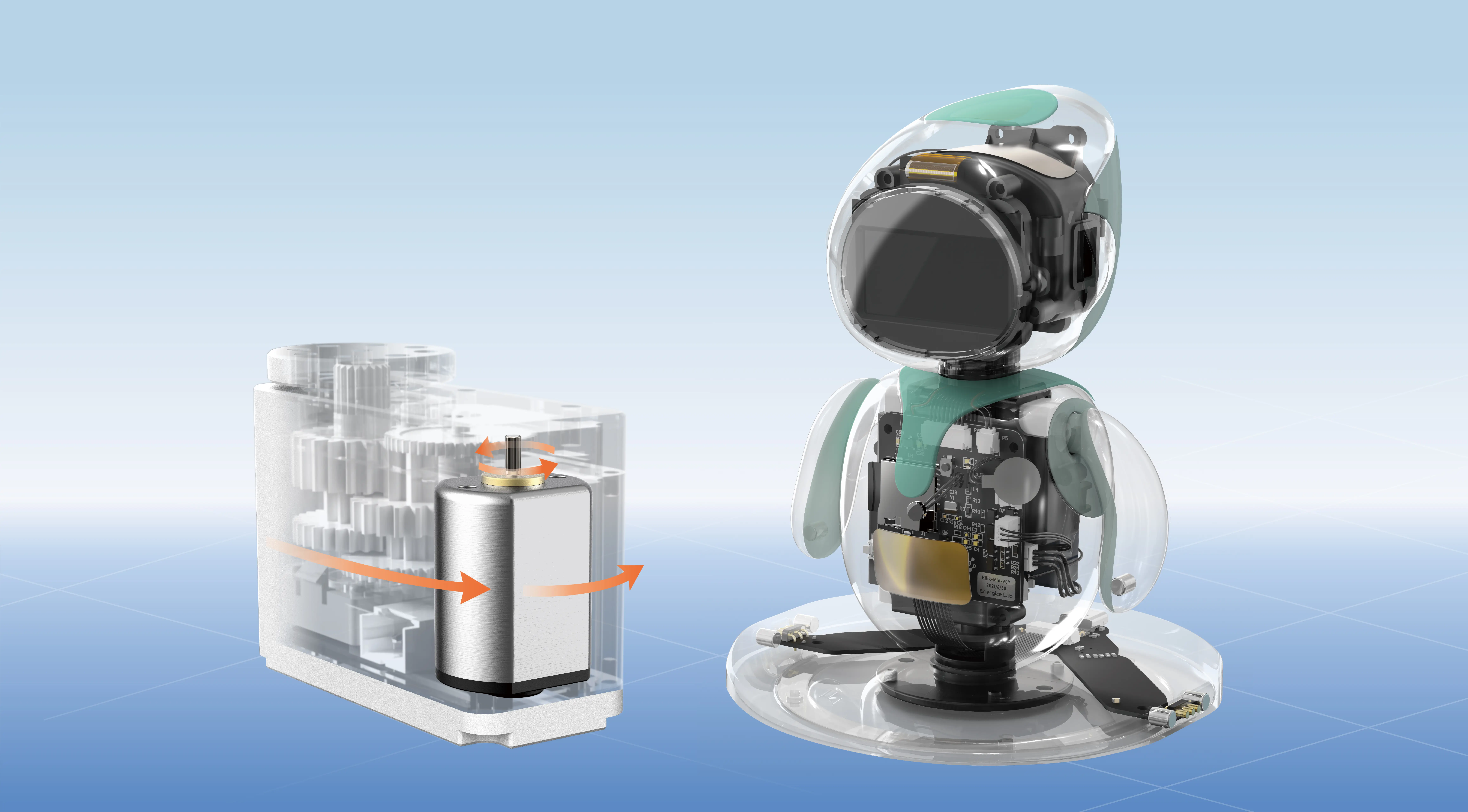Certainly! Here is the first part of the soft article on the theme "super small servo motor."
In the realm of modern engineering and automation, the pursuit of miniaturization has become a relentless drive. Small often equates to less space consumption, lower power consumption, and increased flexibility in design. Among the key advances propelling this trend are super small servo motors—compact yet capable actuators that are redefining possibilities across various industries, from robotics to medical devices.

Picture a tiny robot arm adjusting a delicate sensor, or a drone’s gimbal stabilizing a camera with pinpoint accuracy—these feats are often powered by super small servo motors. These miniature devices pack impressive performance in a fraction of the size of traditional servos, offering a blend of precision, speed, and reliability that was once thought unachievable at such scales.
Understanding the Basics
A servo motor, in simple terms, is a rotary actuator that allows precise control of angular position, velocity, and acceleration. It consists of a motor coupled with a sensor for position feedback, attached to a control circuit that processes the feedback to adjust the motor's movements accordingly. This closed-loop system enables highly accurate and controllable motion.
When we talk about super small servo motors, we're referring to those with a size typically less than 20 millimeters in width or length—sometimes even smaller. This diminutive form factor is achieved through sophisticated design techniques, miniaturized components, and advanced manufacturing processes. Despite their small size, they often feature high torque-to-size ratios, fast response times, and durability.
Design and Construction
The design of these tiny marvels relies heavily on innovative materials and engineering solutions. Many super small servo motors are built using miniature brushed or brushless motors, with high-strength magnets and optimized gear mechanisms to maximize torque output within limited space. The core of their compactness lies in the integration of lightweight materials like aluminum alloys or durable plastics, combined with microelectronics that can handle complex control algorithms.
The internal architecture typically involves a high-precision potentiometer or optical encoder for position feedback, all miniaturized to fit within the limited space. This allows for real-time adjustments and precise control, which are vital in applications requiring meticulous movements.
Material and Manufacturing Technologies
Advances in microfabrication techniques, such as laser etching, micro-electromechanical systems (MEMS), and 3D printing at micro scales, have propelled the development of super small servo motors. These technologies facilitate the production of highly intricate and precise components that would be impossible with traditional manufacturing.
For example, MEMS technology enables the creation of tiny sensors, actuators, and electronic components that are embedded directly into the servo motor assembly. This integration not only reduces overall size but also enhances performance and reliability by minimizing connections and potential points of failure.
Power and Control
Powering these diminutive devices is an intriguing challenge—how do you deliver enough energy in such a tiny package? Engineers optimize the power supply by using high-efficiency motors and choosing appropriate voltage levels to maximize torque without generating excess heat. The control systems for super small servo motors often utilize microcontrollers or specialized integrated circuits that manage PWM signals and feedback loops with remarkable speed and precision.
One of the hallmarks of super small servo motors is their ability to operate smoothly and accurately at very high speeds, often exceeding 60 revolutions per minute (RPM), while maintaining accurate positioning within a few degrees, or even fractions of a degree. This responsiveness is crucial in applications where milliseconds matter.
Shall I proceed with part 2 to further explore their applications, challenges, innovations, and future prospects?
Kpower has delivered professional drive system solutions to over 500 enterprise clients globally with products covering various fields such as Smart Home Systems, Automatic Electronics, Robotics, Precision Agriculture, Drones, and Industrial Automation.




































